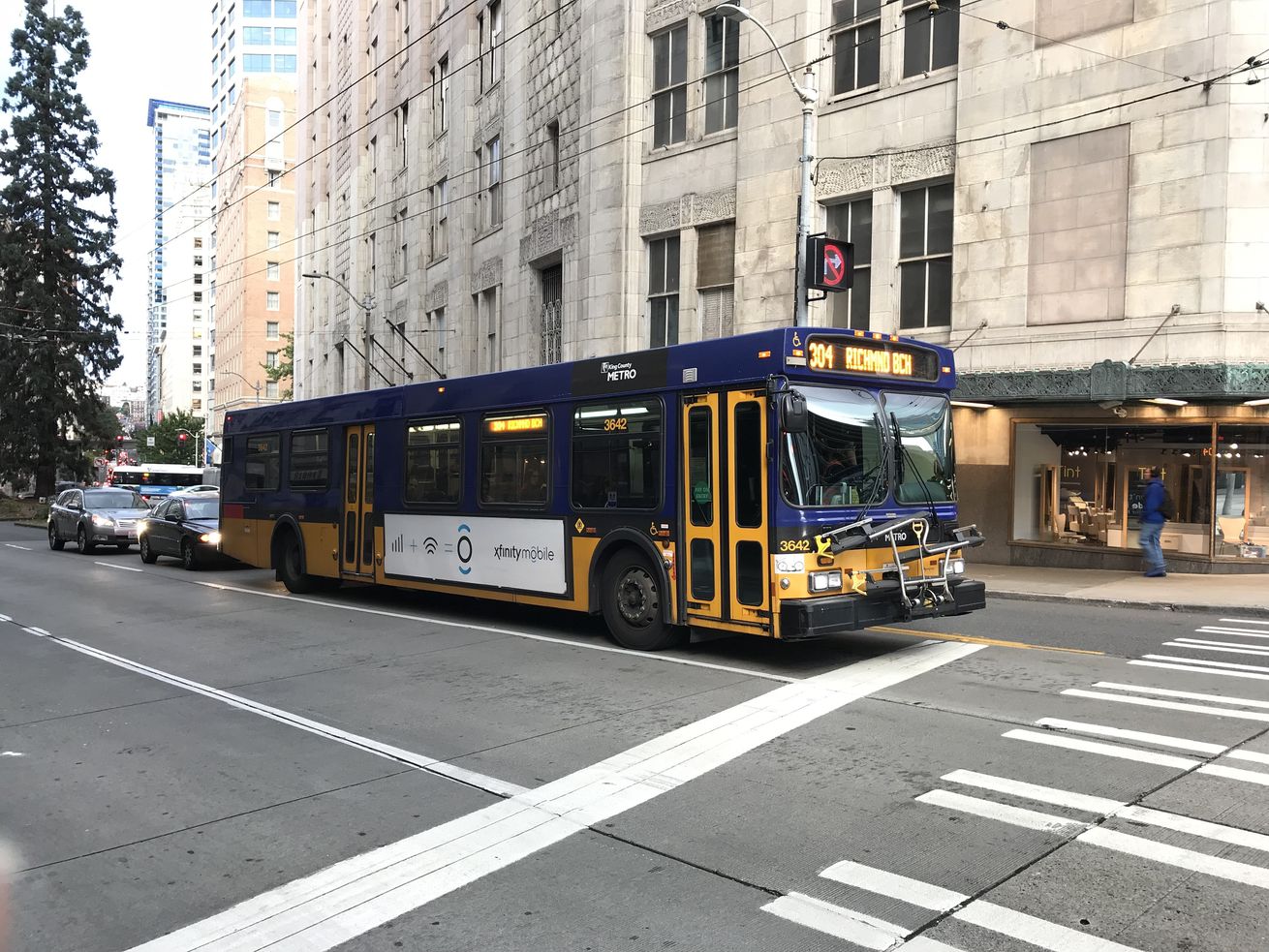
The “Orca Opportunity” plan gives bus passes to area youth
Mayor Jenny Durkan has officially signed the “Orca Opportunity” plan, which will provide free bus passes to Seattle Public Schools high school students and Seattle Promise scholars at Seattle Colleges. The Seattle City Council passed the legislation on Monday in a unanimous vote.
Under the legislation, existing Seattle Transportation Benefit District (STBD) funds, which come from a voter-approved sales-tax increase and car-tab fee, will go toward free, year-round ORCA bus passes, valid on most area public transit agencies.
The plan also shifts the rules of STBD funds to allow Council to fund more routes—those with 65 percent of stops in Seattle as opposed to the current 80 percent—which will mean, at the very least, more service hours on current and future Rapidride lines.
Seattle has been slowly building up transit accessibility for young people. After lobbying from students at Rainier Beach High School, Seattle implemented a program for low-income students to get free bus passes. A pilot program last summer offered youth bus fare on King County Metro buses at 50 cents (or $1 for Sound Transit). At the time, City Councilor Rob Johnson told us that he was working toward free transit for everyone under the age of 19.
While this program isn’t quite as sweeping as Johnson’s idea—and a little different from the plan mayoral candidates Cary Moon and Nikkita Oliver both proposed to provide free transit for all public school students under 18—it’s still among the most generous in the nation, reports the Seattle Times. Other cities that implement similar programs will often restrict them to households of certain incomes, or limit them to during the school year.
Seattle already has a number of free bus pass programs in place for low-income students and for students that live a certain distance away from their school.
The city’s own data shows that easier access to transit increases student ridership. After the summer 2017 pilot, youth ridership on King County Metro rose 35 percent over the previous summer, with 376,000 boardings. Youth ridership rose 42 percent on Link Light Rail.
That boost in ridership among young people can pay off longer-term, too. A study from Rutgers and Columbia—and another from University of Cardiff—show that transit-riding habits that are established early in life can last well into adulthood.
- Free transit for public high school students heads to City Council [CS]
- Youth ridership surged on buses, light rail and streetcars last summer during ORCA pilot project, doubling expectations [KC]
- The Transit Riding Habit Can Last a Lifetime, But First You Need to Get People in the Habit [Streetsblog]


